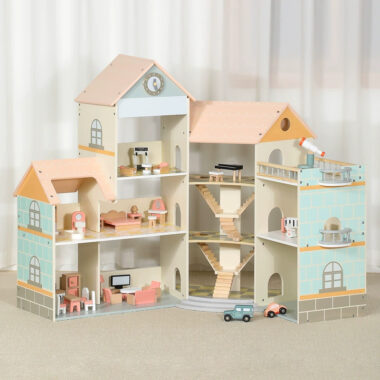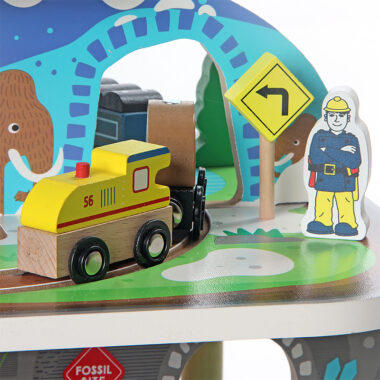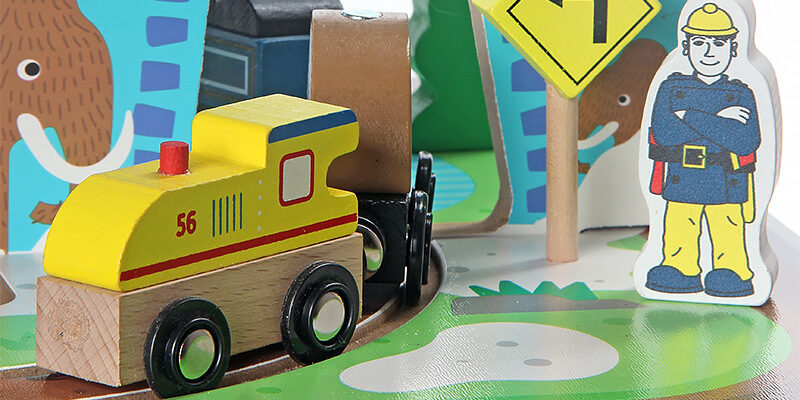📘 Why Toy Safety Standards Matter
For any business involved in the manufacturing, customization, or wholesale of children’s toys—especially wooden toys—compliance with global safety regulations is non-negotiable. These standards are designed to protect children from hazards such as choking, toxicity, and flammability.
Whether you’re a startup brand sourcing custom wooden toys or a retailer importing in bulk, understanding EN71, ASTM F963, and CPSIA is crucial to ensuring your products are market-ready and legally compliant.
🇪🇺 EN71: The European Union Standard
EN71 is the core toy safety standard used across the European Union. It outlines safety requirements that all toys sold in the EU must meet.
Key Requirements:
-
EN71-1: Mechanical and physical properties (e.g., sharp edges, small parts)
-
EN71-2: Flammability resistance
-
EN71-3: Migration of certain toxic elements (e.g., lead, cadmium, mercury)
Who needs EN71?
If you’re exporting toys to any EU country, EN71 compliance is legally required, regardless of the toy material.
Good to know: Wooden toys are especially tested for EN71-3, as paint and wood finishes can sometimes contain heavy metals.
🇺🇸 ASTM F963: The U.S. Toy Safety Standard
ASTM F963 is the toy safety standard recognized by the U.S. Consumer Product Safety Commission (CPSC). It covers a wide range of tests similar to EN71, but with additional focus areas.
What it covers:
-
Sharp edges and small parts
-
Electrical and magnetic hazards
-
Toxicity in paints and coatings
-
Heavy metal migration and labeling
Applicable to:
Any wooden toys imported or sold in the United States.
Note: ASTM F963 is mandatory under CPSIA, which we’ll cover next.
🇺🇸 CPSIA: The Consumer Product Safety Improvement Act
The CPSIA is a broader regulation enacted in the U.S. that makes ASTM F963 mandatory and adds further testing and documentation requirements.
What CPSIA requires:
-
Lead content testing (<100 ppm for substrates, <90 ppm for coatings)
-
Phthalates testing
-
Tracking labels (to trace manufacturer, batch, date)
-
Children’s Product Certificate (CPC) to confirm all compliance
Why it matters:
Even if your toys are ASTM compliant, without a valid CPC and tracking labels, they may be denied entry or recalled.
🛠️ How Manufacturers Achieve Compliance
As a custom wooden toy manufacturer, we understand the importance of proactive compliance. Here’s how we support safety and trust:
-
Use of certified, child-safe water-based paints
-
Rigorous EN71 and ASTM F963 pre-tests before mass production
-
Clear batch tracking and sample archiving for every order
-
Collaboration with third-party labs for certification and documentation
We work with clients globally, helping them ensure their wooden toy lines are export-ready and regulation-proof.
🌍 Which Standard Applies to Your Market?
| Region | Standard Required | Documentation Needed |
|---|---|---|
| Europe | EN71 | EN71 test report (all parts) |
| United States | ASTM F963 + CPSIA | CPC, tracking label, lab test |
| Canada | CCPSA | Similar to ASTM |
| Australia/NZ | AS/NZS ISO 8124 | Based on EN71/ASTM |








